Electroless Nickel
Electroless nickel plating uses a chemical reaction to deposit an even layer of nickel alloy on a substrate. Immersion in a plating solution causes a reducing agent to react with the substrate’s ions and deposit the nickel alloy. Electroless nickel plating produces a smooth surface of even thickness that is resistant to corrosion and wear.
Zinc
Zinc electroplating is a soft, ductile, decorative, corrosion-resistant finish. In most applications, the protection is accomplished by the zinc “sacrificing itself.” The zinc corrodes before iron, thereby protecting the base metal. For additional corrosion protection, chromates are applied over the zinc, and the chromates become a component of the coating.
Cadmium
Cadmium’s lubricity and ability to prevent galling between sliding surfaces is a key property for many of its steel applications. In marine environments, cadmium outlasts equal thicknesses of zinc. It is also readily solderable with nonacid fluxes, has good electrical conductivity, and, when corroded, forms thinner and less harmful corrosion products than zinc does.
Fasteners
We recommend using ASTM F1941 when determining the proper requirements for electrodeposited coatings of zinc and cadmium on fasteners. By requiring F1941, you will decrease cost and lead time by avoiding unnecessary stress relief or hydrogen embrittlement relief requirements per B633 or B766.
Copper
Widely used in the oil and gas and petrochemical industries for its lubricity and anti-galling properties, copper plating can minimize costs and increase efficiency by reducing galling of high alloy threaded parts. Copper electroplating is used as a strike layer, providing a base coat for additional plating as well as selective masking prior to heat treating.
Silver
Silver plating offers the highest electrical conductivity of all metals. It is not an inert metal and will oxidize rapidly. As the most electrically conductive metal for plating, Silver is best suited for engineering purposes because of its high thermal conductivity, thermo-compression bonding, wear resistance of load-bearing surfaces, good corrosion resistance, and suitable solderability.
Gold
Gold is a precious metal that will not oxidize, so its electrical conductivity stays uniform over long periods of time. Gold plating offers excellent corrosion resistance, good solderability, and, in cobalt alloys, very good wear resistance. When electroplating electronic components, Gold plating is great for switch contacts, connector pins and barrels, and other intermittent electrical contact applications.
Tin
The tin plating process protects both ferrous and nonferrous surfaces, but not steel. Tin is a useful metal for the food processing industry since it is non-toxic, ductile, and corrosion-resistant. The excellent ductility allows a tin-coated base metal sheet to be formed into a variety of shapes without damage to the tin layer.
Rhodium
A precious metal, Rhodium’s white color means it is non-oxidizing. One of the best plating solutions for corrosion resistance and anti-galling, it is well suited for plating parts such as sliding electrical contacts. Rhodium is a bright, attractive, non-tarnishing metal finish. When underplated with nickel, it provides a mirror surface that is highly reflective.

